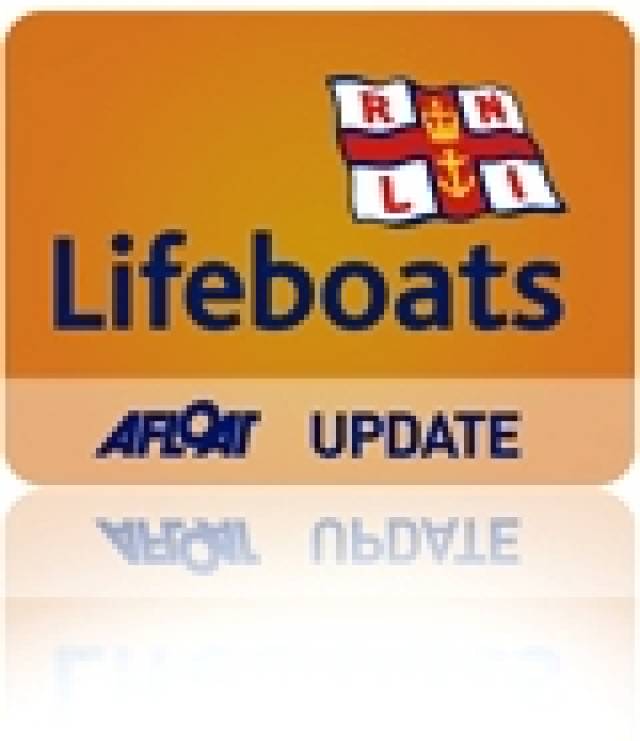#RNLI - The crew of the Arranmore RNLI lifeboat were called on Wednesday afternoon 25 June to assist a fisherman involved in an accident on board a 12-meter fishing boat some 12 miles northwest of Tory Island.
Malin Head also dispatched the Irish Coast Guard helicopter from Sligo to assist in the evacuation of the injured fisherman in his mid-40s.
Anton Kavanagh, coxswain of the Arranmore lifeboat, said the transfer of the casualty went smoothly as the weather was good and the lifeboat had no problems manoeuvring alongside the fishing boat.
The casualty was transferred from his boat to the care of the lifeboat crew and taken to Burtonport, where he was transferred to Letterkenny Hospital by ambulance.
This is the fourth time in five days that the Arranmore lifeboat has been called out to render assistance. Two of the calls were medical evacuations from Arranmore who were transferred to Letterkenny Hospital by ambulance.
At the weekend, the lifeboat was called to search for a missing swimmer off Portnoo. Fortunately the swimmer was located by coastguard helicopter and the lifeboat returned to Arranmore.
Elsewhere, Rosslare Harbour's lifeboat and its volunteer crew launched at 7.30pm yesterday evening (26 June) to a reported sighting of two people stranded on a rock surrounded by water.
The alarm was raised by a concerned member of the public. Arriving at the scene within 15 minutes of launch, the lifeboat's daughter craft was deployed and it was soon clear that the two people were fishermen in no immediate danger.
Rosslare Harbour RNLI lifeboat press officer Jamie Ryan said: "The person who raised the alarm did the right thing. It is always better to call out the lifeboat and let them check on a person or situation of concern then to ignore it and risk a serious incident.
"The lifeboat crew are volunteers and never mind being called out to check on a situation."
































































